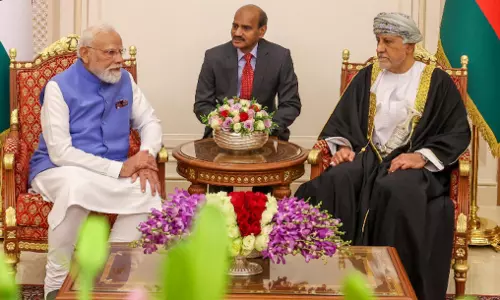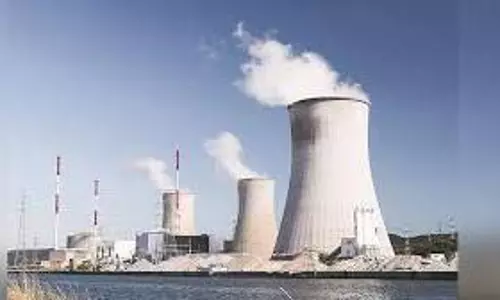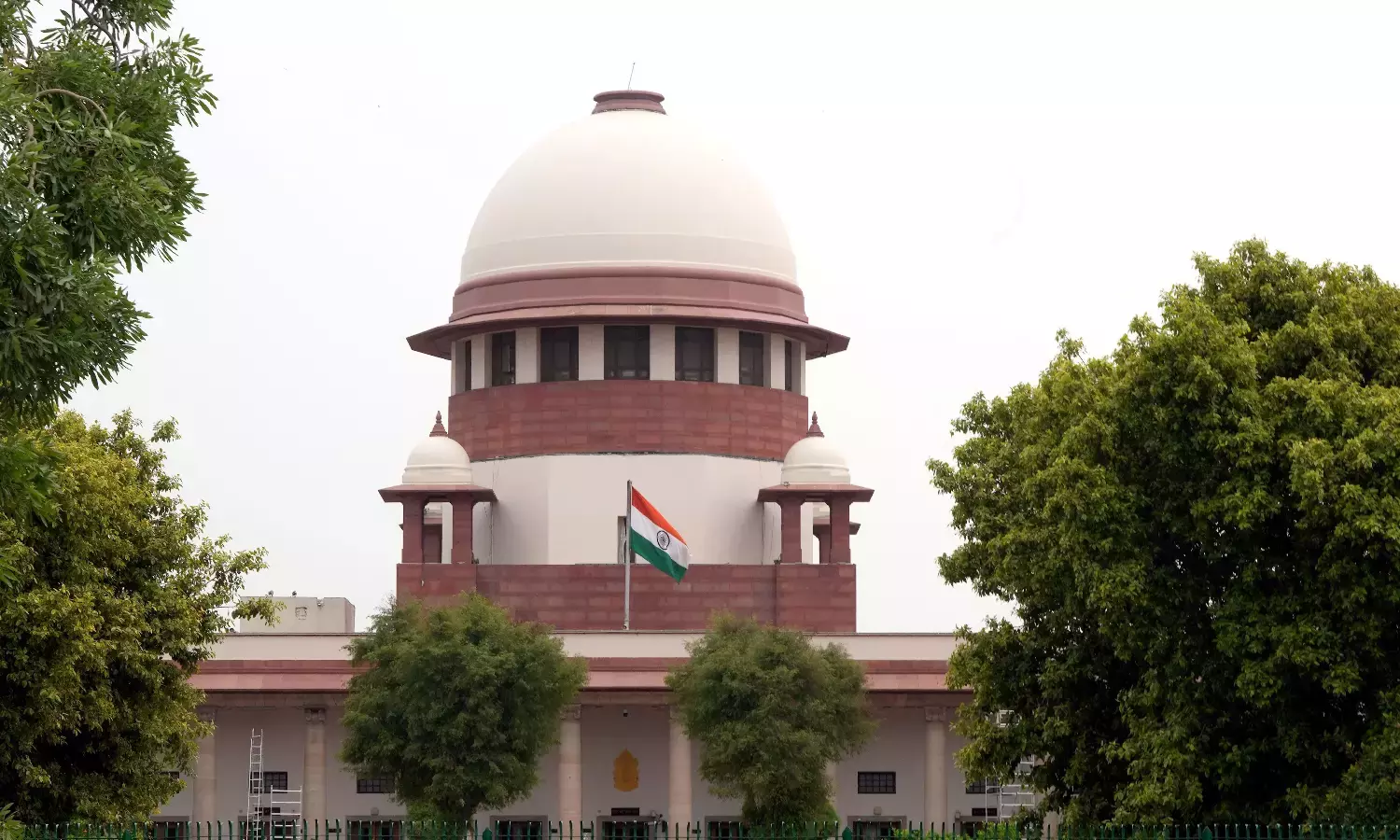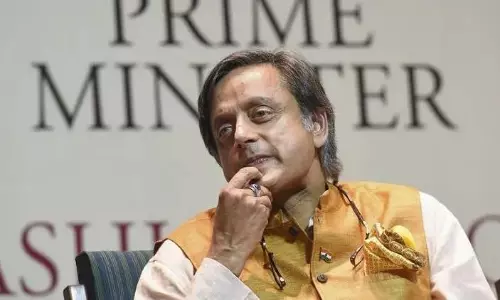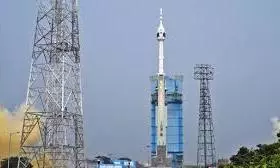
India’s first human spaceflight mission ‘Gaganyaan’ set for 2027 launch
text_fieldsIndia’s ambitious human spaceflight programme, Gaganyaan, is now on track for its first crewed mission in 2027, according to the Indian government.
With an investment of ₹10,000 crore, the mission aims to launch Indian astronauts into orbit from the country’s own launch site in Sriharikota, marking a historic milestone in India’s space journey.
Despite earlier delays due to the complexity of the project and the challenge of developing all critical technologies domestically — without foreign assistance — the mission has now entered its final phase.
Union Minister Dr Jitendra Singh confirmed that the programme is progressing steadily. Earlier this year, ISRO successfully completed the TV-D1 test — a key abort test — and will follow it with a second Test Vehicle mission (TV-D2) in 2025. This will pave the way for uncrewed orbital missions, planned before the final manned flight in 2027.
The Gaganyaan mission is not just about sending humans into space. It symbolises India’s rise as a self-reliant space power driven by indigenous innovation, financial discipline, and long-term vision. Dr Singh highlighted how this mission reflects Prime Minister Narendra Modi’s broader space goals, which include building a Bharatiya Antariksha Station by 2035 and sending the first Indian to the Moon by 2040.
The mission will use a human-rated LVM3 rocket, along with a Crew Module, Service Module, and Crew Escape System — all of which are undergoing advanced testing and integration. Recovery trials have already begun with the Indian Navy, and more sea-based simulations are planned.
The four Indian Air Force pilots selected for the mission — now officially astronaut-designates — have completed training in Russia and are currently undergoing mission-specific training in India. Their physical, mental, and operational readiness is being continuously assessed.
Dr Singh stressed the cost-effectiveness of the Gaganyaan programme, noting that India’s spending is significantly lower than similar missions by other nations, while still achieving strong returns. These include not only advances in technology and space systems, but also spin-offs in fields such as robotics, electronics, materials science, and medicine.
He further emphasised the growing role of private companies and startups, saying recent government reforms have opened the doors for greater industrial participation in space research. “Gaganyaan is no longer just ISRO’s project. It is a mission for all of India,” Dr Singh said.





